Let’s take a look back at last Friday’s severe weather and see how the event compared to the forecast.
Importance of Verifying
From time to time, I publish results of how a weather event corresponds to my forecast. Usually, I do not have time to study an event as much as I would like or write up a report like this.
Over the weekend, however, I took the time to write some computer programs that will help me speed up the process.
Forecast verification is a vital step in practicing the science of meteorology. Like all other sciences, meteorology is an application of the scientific method. We observe. We gather data. We make predictions.
But the last step is too often overlooked. We need to analyze the experiment against our expectations. In meteorology, this means going back and looking at what went well in a forecast and what didn’t. Without that final step, the potential to learn from an event evaporates.
With that in mind, I hope that my new programs will lead to more frequent verification of my own forecasts, which I can then share with you.
May 15, 2020 Verification Notes
Risk Zones
The image at the top of this post shows the storm reports tabulated by the National Weather Service overlaid on my severe risk map, which I published on the morning of May 15th.
For a refresher, the yellow “level 2” zone was labeled “scattered”, while the orange “level 3” zone was labeled “numerous”.
These zones worked out very well, with just a few reports of wind damage (marked by the blue Ws) in the scattered zone, and quite a few more in the numerous zone.
There were also some large pockets within the orange area that did not see any severe reports. This is to be expected, as a more widespread event would be classified as “Level 4- Widespread”.

Severe Attributes
One area that the forecast failed is the prediction of “numerous” hail reports. The night before, I had preliminarily set the hail threat at scattered.
I increased it after seeing some comparisons of the expected conditions to other set-ups that produced hail. In the end, though, there was not enough “instability” to produce large hail. There were no reports of severe hail (1”+ in diameter), though I had several people tell me they had smaller hail, especially in the Geneva area.
The tornado threat I had set at “Few if Any”, with a special designation in the Mohawk Valley for a greater chance for a tornado. The Storm Prediction Center issued a tornado watch for most of our region, extending east all the way to Boston.
No tornadoes touched down in the Finger Lakes, or in the Mohawk Valley, though the storms there were more intense than they were here, with more widespread and more significant damage. One tornado was confirmed in far eastern New York as an EF 1 in Saratoga County.
Lastly, flooding was set at a scattered risk level, with a designation of higher chances in the southeastern Finger Lakes. Several flood advisories were issued, but no serious flooding was reported. Part of this can be attributed to how the event unfolded, with higher precipitation storms jumping over the areas most prone to flooding.
Forecast Communication
Communicating the risks of a severe thunderstorm event is always a very difficult task, especially when a tornado watch is involved.
When preparing graphics and forecasts for this event, I changed some of the wording I use, particularly in relation to the risk zones. For example, what used to be an “elevated” risk became “numerous severe thunderstorms”.
Still, severe thunderstorms tend to impact very small areas, so many people may get the idea before an event such as this one that they will most likely see severe weather, when that is not really the case.
Even within a thunderstorm impacting a city, some parts of the city may have trees down, while other parts will “not be very bad,” thus giving the impression of an overblown forecast.
I have yet to feel good about how I communicate the risks associate with severe thunderstorms before an event and will continue to evolve my services.
When it comes to the event unfolding, I am very happy with the live blog format, which allows me to adjust the frequency of my updates to the ebbs and flows of an event while also presenting information in several different formats.

For this event, I also created a few new graphic templates for severe thunderstorm, tornado, and flash flood warnings which help me quickly get the relevant information posted.
Lastly, in the spirit of my core-value of ACCESSIBILITY, I was happy to answer numerous questions before and during the event to give people the exact information they need.
With multiple Facebook posts, Facebook messenger, blog comments, and the live blog chat, it can be hard to see all the questions. Getting these questions consolidated into one or two places will be something to work on for the future so I can answer more questions with a faster response time.
Summary
Overall, this was mostly a satisfactory forecast from my perspective. The overall picture of what I thought would happen happened. I have several points to work on, especially with communicating what I expect.
Please feel free to leave me feedback on how you used my forecasts, whether the event seemed to match the forecast, or what ideas you have for future severe thunderstorm events.
As a final note, I was overwhelmed once again by the outpouring of generosity in the form of both monthly and one-time donations.
Without your support, none of this would be possible, and I truly mean that. I am thrilled to be able to share my passion for the weather, help you understand what is coming, and provide true local weather to an otherwise underserved area. Thank you!


Pat Prusinowski
I live in Honeoye and we had some flooding mostly due to the steep hills. I spent the evening after the storm helping friends and neighbors pump water out of their basements. My driveway became a stream and eroded away.
In my opinion your forecast about flooding was correct.
Meteorologist Drew Montreuil
Sorry to hear of your flooding problems, Pat. Yes, that type of flooding certainly fits with the forecast. I appreciate the report.
Shella Chace
I always look for your steady hand in the forecasts. I was surprised by the panic I saw on Facebook, but not from people who looked at your forecast. I grew up in Tornado Alley, so I found myself feeling rather superior (it’s a character flaw, I know) when all we saw on East Hill in Ithaca was a thunderstorm. Even that didn’t match what I knew growing up.
Thank you as always for your balanced reports.
Meteorologist Drew Montreuil
Thanks for the comment, Shella. Yes, adding in the word ‘tornado’ does seem to take things to a whole new level. Always has…back in the day, forecasters purposefully avoided saying ‘tornado’ for fear of panic…sometimes with very bad consequences.
Lori Welsh
What a thorough and thoughtful analysis! Thank you for all you do to both inform us and further develop your practice!
Meteorologist Drew Montreuil
Thanks, Lori! There is always something to learn from the weather!
Jo Swanson
Thank you for this analysis. We have a small grain farm and find your forecasts valuable for business and personal planning
Meteorologist Drew Montreuil
I am so glad to be able to help!